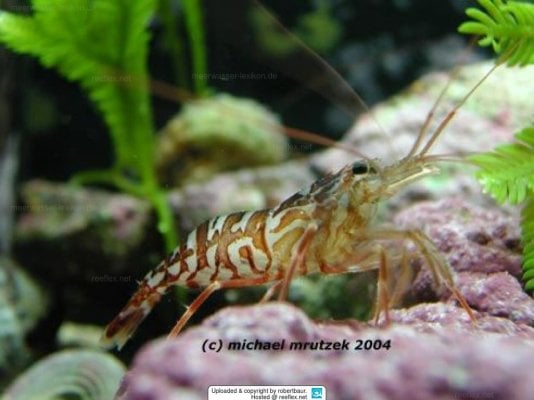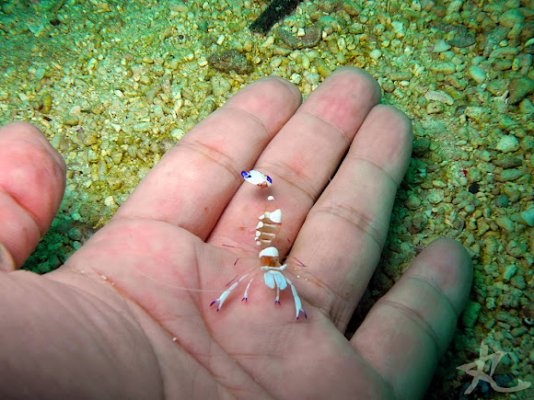One of my local stores has some Galapagos Cleaner Shrimp available: Lysmata galapagensis. Does anyone have any experience with them?
- Are they reef safe?
- Are they capable of living a decent life in captivity?
- Do they need special tank requirements? Or will a standard mix reef 78 temp and 1.026 salinity work?
Any stories of experience with these would be awesome!

- Are they reef safe?
- Are they capable of living a decent life in captivity?
- Do they need special tank requirements? Or will a standard mix reef 78 temp and 1.026 salinity work?
Any stories of experience with these would be awesome!

















